Gregory Crewdson and Edward Burtynsky are significant photographers that contribute to the shift from documentary realism to fine art. Crewdson’s Julianne Moore ‘Beneath the Roses’ (2003) and Burtynsky’s Manufacturing #17, Deda Chicken Processing Plant, Dehui City, Jilin Province (2005), both show crucial elements of the shift, conceptually and aesthetically.
 Gregory Crewdson’s Julianne Moore ‘Beneath the Roses’ (2003) is a critique on the seemingly perfect, utopian, and suburban American lifestyle. His photograph is dramatic and “cinematic”, capturing the true reality of living the American Dream. He uses narrativity with the static image creating a tableau, heavily staging the photograph to capture a film still scene. Crewdson pays close attention to the smallest of details in order to create the overall effect of the photo, or the mis-en-scene. The mis-en-scene of his photograph includes the placement of anything that appears within the photograph and the staging of the scene for the camera. This includes the dimly lit room, the mountain view through the window, the messy bed, the nightgown the woman is wearing, her bare feet, the man laying asleep next to her, all adding to the effect that the woman is actually being tormented by the “American Dream” and capitalism. Crewdson is bringing to light that having wealthy, luxuries, beautiful homes, and fine fabrics do not give a person happiness as the people were falsely led to believe. This shows a shift from documentary realism to fine art through the elaborate, stasis- capturing a moment- staged photos.
Gregory Crewdson’s Julianne Moore ‘Beneath the Roses’ (2003) is a critique on the seemingly perfect, utopian, and suburban American lifestyle. His photograph is dramatic and “cinematic”, capturing the true reality of living the American Dream. He uses narrativity with the static image creating a tableau, heavily staging the photograph to capture a film still scene. Crewdson pays close attention to the smallest of details in order to create the overall effect of the photo, or the mis-en-scene. The mis-en-scene of his photograph includes the placement of anything that appears within the photograph and the staging of the scene for the camera. This includes the dimly lit room, the mountain view through the window, the messy bed, the nightgown the woman is wearing, her bare feet, the man laying asleep next to her, all adding to the effect that the woman is actually being tormented by the “American Dream” and capitalism. Crewdson is bringing to light that having wealthy, luxuries, beautiful homes, and fine fabrics do not give a person happiness as the people were falsely led to believe. This shows a shift from documentary realism to fine art through the elaborate, stasis- capturing a moment- staged photos.
 Edward Burtynsky exemplifies a shift from documentary realism to fine art. Burtynsky’s Manufacturing #17, Deda Chicken Processing Plant, Dehui City, Jilin Province (2005) conveys this shift as the photograph has a political message yet, it is also beautiful. His photograph takes into account all of the little details and doesn’t allow them to be ignored in the image, instead seemingly the details are what make the image so captivating. Burtynsky’s photographs are displayed at a large and heroic scale, thus they consume the spectator and force them to look at the photograph. Within the photograph, there are political messages that are very disturbing and display issues that have been ignored. In his photograph Burtynsky critiques capitalism, wage labor, exploitation of human beings, and globalization. By this means, his photography is both documentary realism since it captures real life issues, yet it conflicts with viewers since the photographs are stunningly beautiful. This creates tension between the beauty in the image and the politics in the image. In the photograph we see what appears to be an endless amount of rows of people all in the same pink uniform, conveying that the people are just numbers, simply workers, and can be replaced just like interchangeable parts in machines. The people are being exploited yet we as spectators cannot stand but be in awe of the disgustingly beautiful image.
Edward Burtynsky exemplifies a shift from documentary realism to fine art. Burtynsky’s Manufacturing #17, Deda Chicken Processing Plant, Dehui City, Jilin Province (2005) conveys this shift as the photograph has a political message yet, it is also beautiful. His photograph takes into account all of the little details and doesn’t allow them to be ignored in the image, instead seemingly the details are what make the image so captivating. Burtynsky’s photographs are displayed at a large and heroic scale, thus they consume the spectator and force them to look at the photograph. Within the photograph, there are political messages that are very disturbing and display issues that have been ignored. In his photograph Burtynsky critiques capitalism, wage labor, exploitation of human beings, and globalization. By this means, his photography is both documentary realism since it captures real life issues, yet it conflicts with viewers since the photographs are stunningly beautiful. This creates tension between the beauty in the image and the politics in the image. In the photograph we see what appears to be an endless amount of rows of people all in the same pink uniform, conveying that the people are just numbers, simply workers, and can be replaced just like interchangeable parts in machines. The people are being exploited yet we as spectators cannot stand but be in awe of the disgustingly beautiful image.
Burtynsky is a significant photographer; before photographers and artist would either make aesthetic or political works of art. He has allowed for photography to now include both types of art without one overpowering the other allowing them to coexist into the realm of photography. graphy. Crewdson has shifted photography by staging cinematic photographs when before photography was used to document events. Both Crewdson and Burtynsky have contributed in the shifts from documentary realism to fine art.
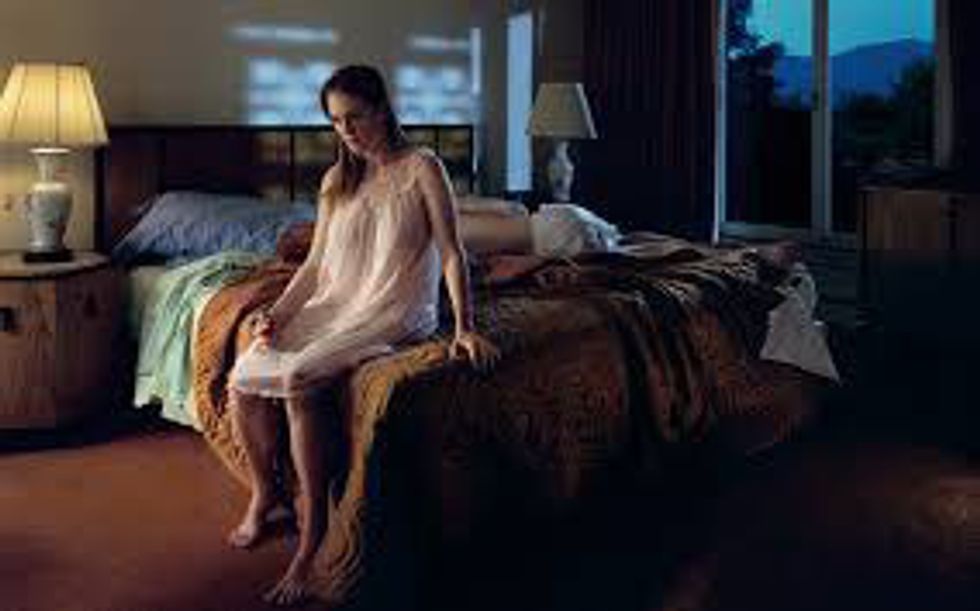
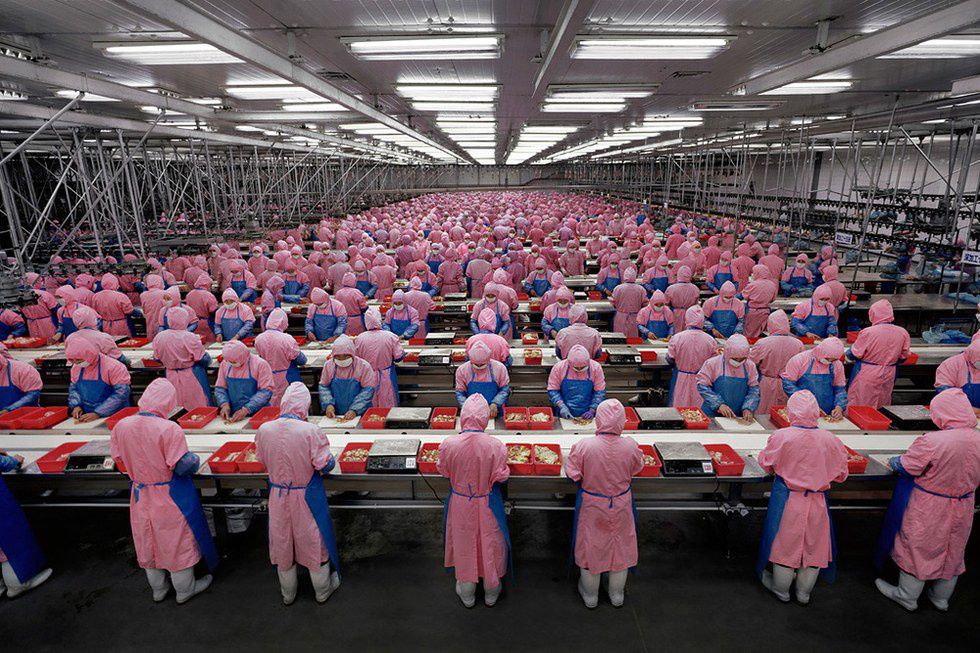





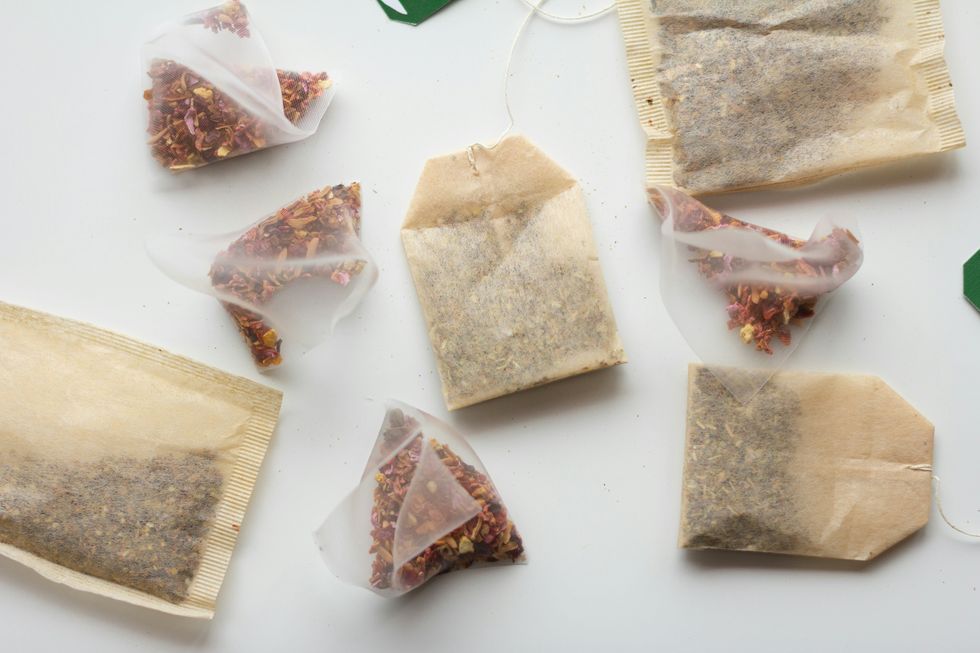
 man running in forestPhoto by
man running in forestPhoto by 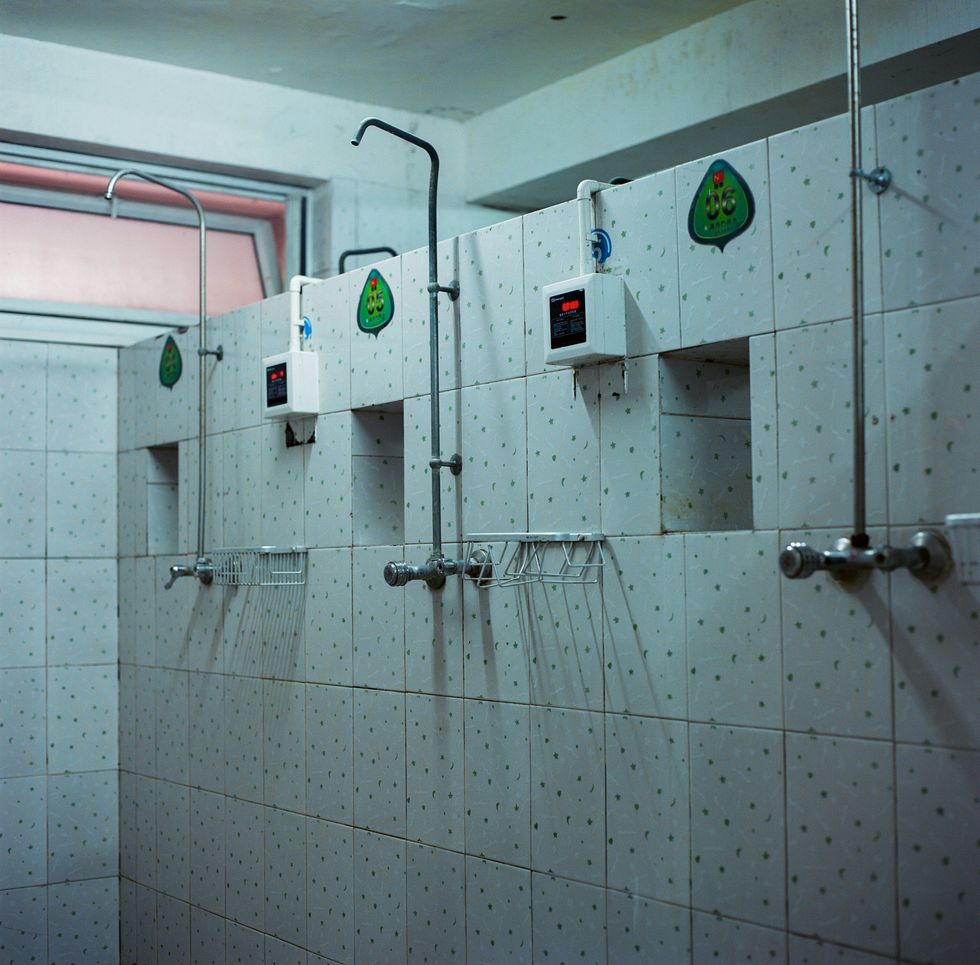


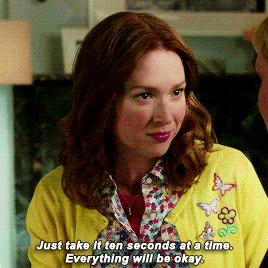


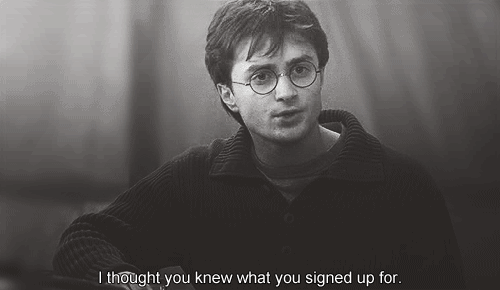 "I thought you knew what you signed up for."
"I thought you knew what you signed up for."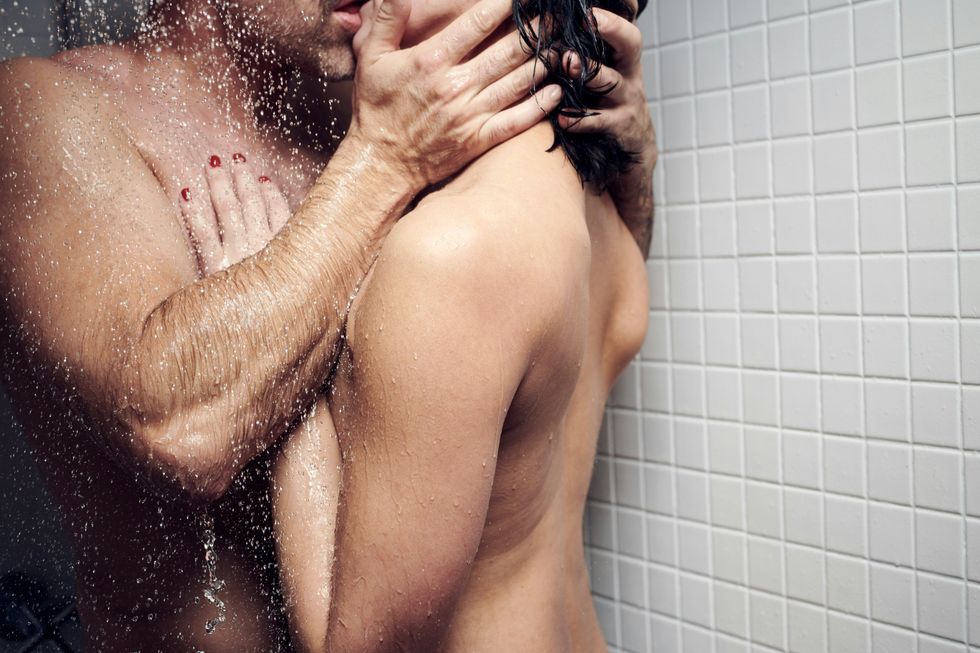 man and woman in bathtub
Photo by
man and woman in bathtub
Photo by  four women sitting on black steel bench during daytime
Photo by
four women sitting on black steel bench during daytime
Photo by  Uber app ready to ride on a smartphone.
Photo by
Uber app ready to ride on a smartphone.
Photo by 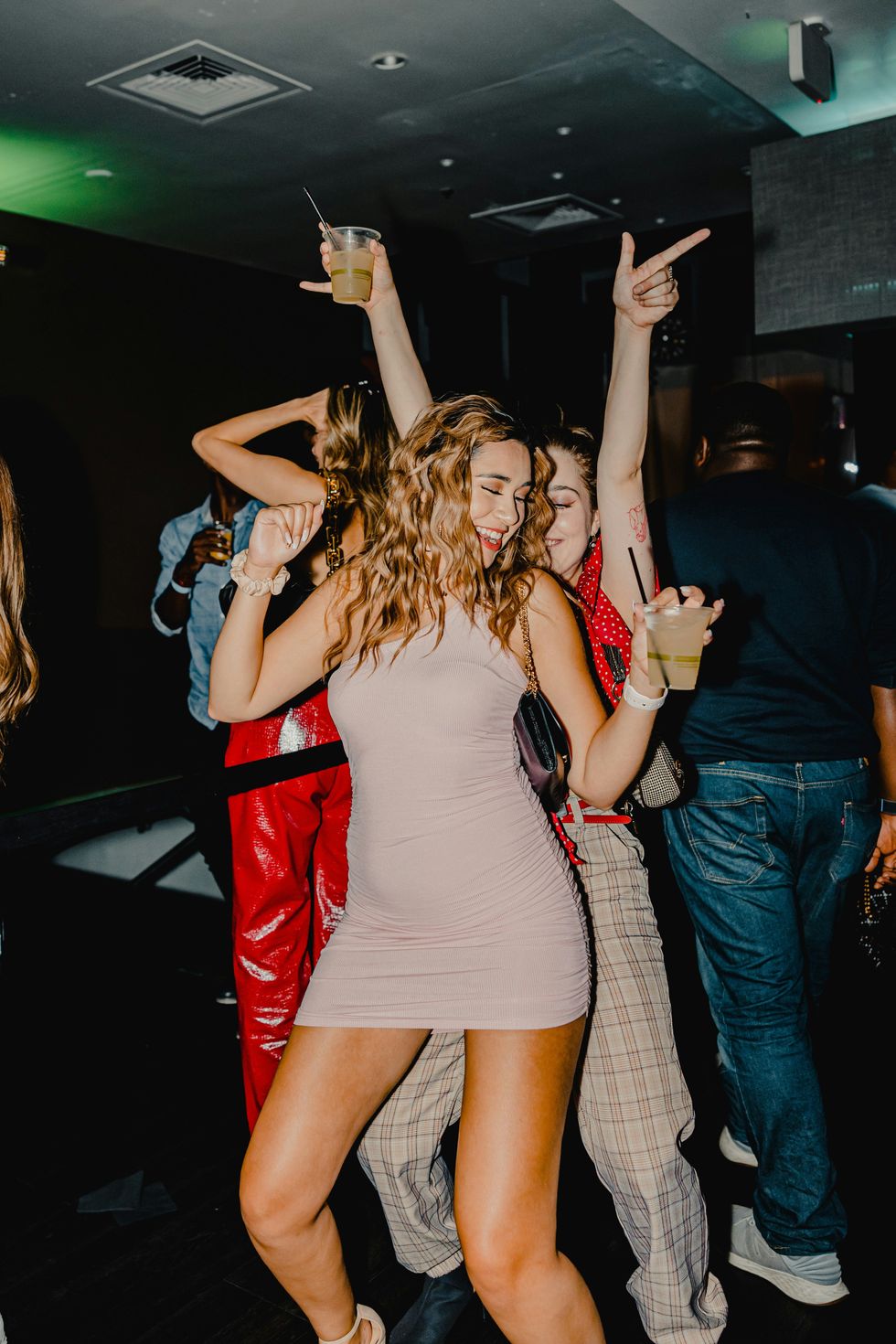 woman in red tank top and blue denim shorts standing beside woman in black tank top
Photo by
woman in red tank top and blue denim shorts standing beside woman in black tank top
Photo by 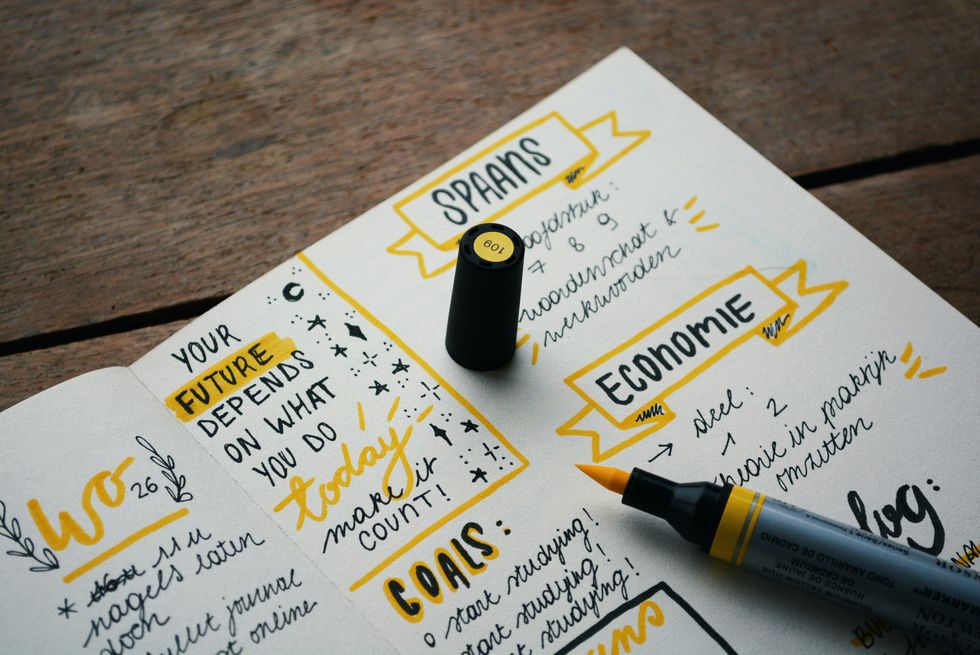 blue marker on white printer paper
Photo by
blue marker on white printer paper
Photo by  welcome signage on focus photography
Photo by
welcome signage on focus photography
Photo by  woman in white and black striped long sleeve shirt lying on bed
Photo by
woman in white and black striped long sleeve shirt lying on bed
Photo by  pink pig coin bank on brown wooden table
Photo by
pink pig coin bank on brown wooden table
Photo by  person holding iPhone 6 turned on
Photo by
person holding iPhone 6 turned on
Photo by  person holding pencil near laptop computer
Photo by
person holding pencil near laptop computer
Photo by  person slicing vegetable
Photo by
person slicing vegetable
Photo by 
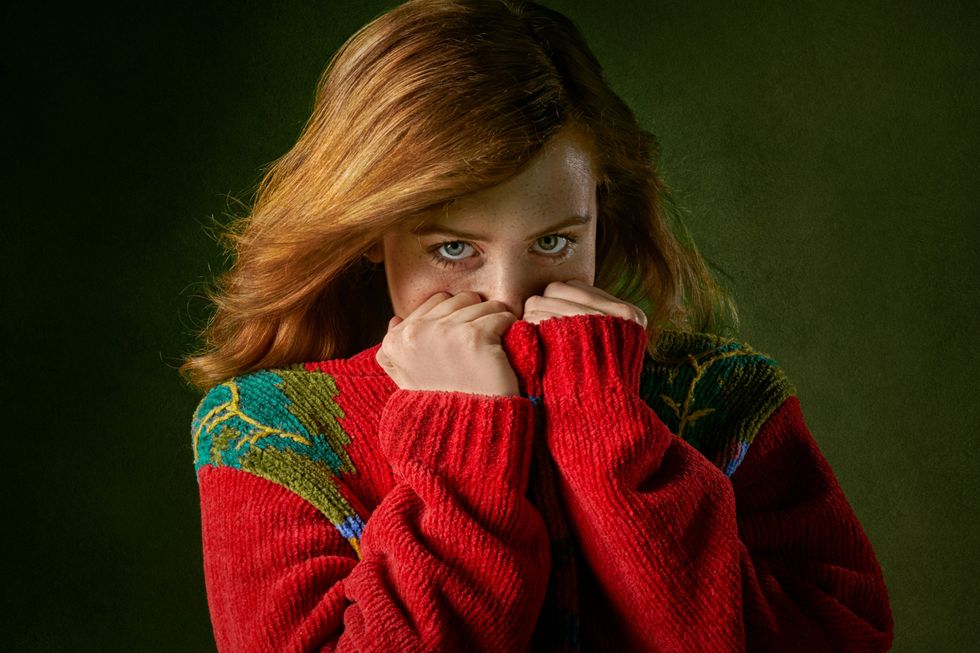 woman covering mouth with sweater
Photo by
woman covering mouth with sweater
Photo by  person holding remote pointing at TV
Photo by
person holding remote pointing at TV
Photo by 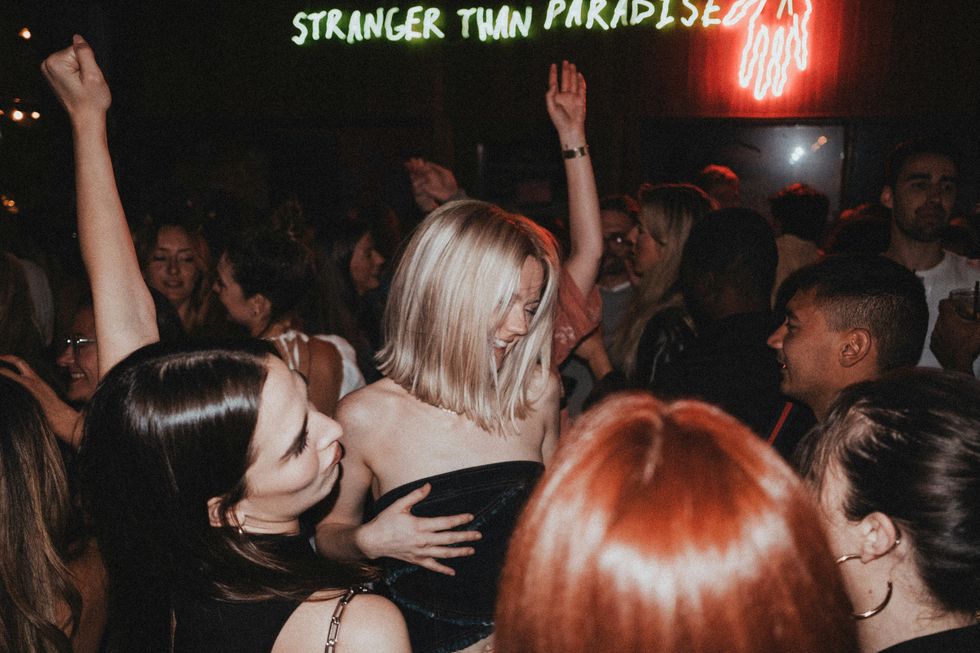 a woman with her arms raised in a crowd of people
Photo by
a woman with her arms raised in a crowd of people
Photo by  "Shocked disbelief: '95% of the population is undateable?'"
"Shocked disbelief: '95% of the population is undateable?'"







